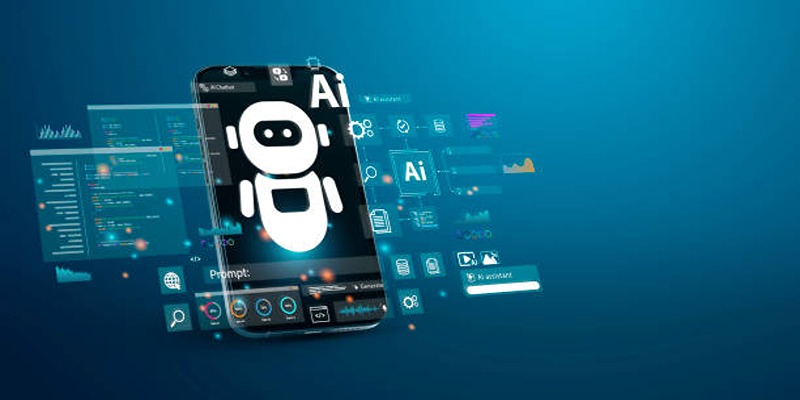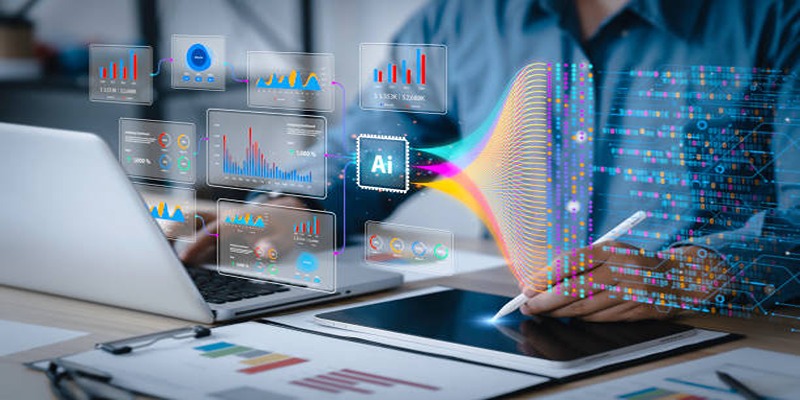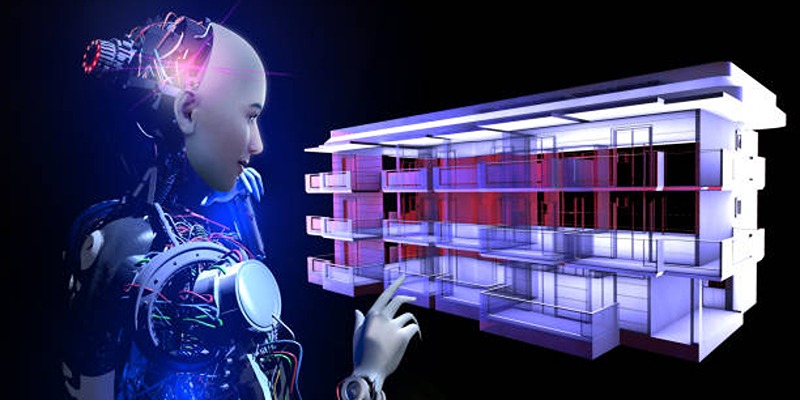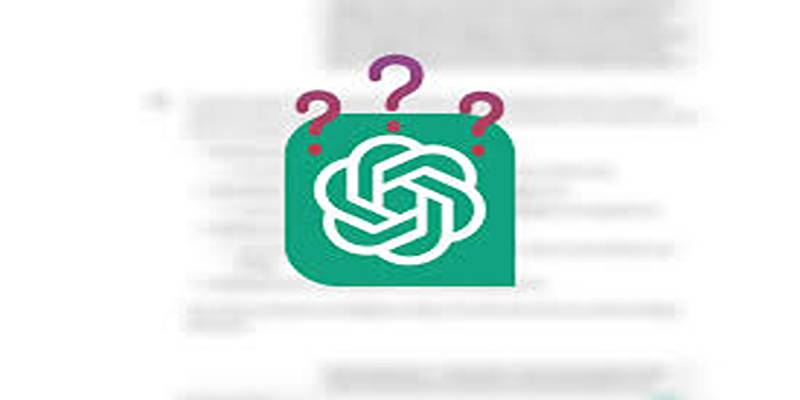A reasoning engine is a computer program employed to use logic and inference rules on a dataset so that it can make new inferences or a decision. In this article, we are going to see how reasoning engines operate, on what principles they operate, and how they have several real-world applications.
What is Reasoning Engine?
A reasoning engine is the core component of artificial intelligence solutions that deduces information by employing formal logic and inference mechanisms to reach conclusions or solve complex issues. It processes structured data, such as rules and facts, to generate new knowledge or make informed decisions. The primary task of a reasoning engine is enabling machines to perform human-like reasoning capability, bridging the difference between raw data and actionable intelligence.
Using rule-based or probabilistic techniques, reasoning engines are important in areas like artificial intelligence and computational modeling. Reasoning engines are major components of expert systems, natural language processing, and decision-support systems, and can solve sophisticated problems in areas like healthcare, finance, and autonomous systems.
Core Elements of a Reasoning Engine
A reasoning engine is made up of a number of key components that collaborate to handle data and generate useful insights. Each element performs a specific function, making the system efficient, precise, and flexible. The knowledge of these elements is key to understanding the inner functioning of reasoning engines and their usage.
Knowledge Base
The knowledge base is the repository of information used by the reasoning engine to make conclusions. It holds facts, rules, and heuristics, well-structured to enable rapid and efficient access during reasoning. This part is usually domain-specific, customized to meet the application's specific requirements. An organized knowledge base is essential in obtaining correct and reliable solutions to problems or making decisions.
Inference Engine
Inference engine is the main computational component of a reasoning engine. It detects patterns and applies logical rules in the knowledge base to produce new information or conclusions. Using techniques like forward chaining or backward chaining, the inference engine facilitates an efficient and orderly reasoning process. Its accuracy and efficiency greatly affect the efficacy of the entire reasoning engine to tackle complicated situations.
User Interface
The user interface serves as the link of communication between the reasoning engine and the end user. It provides a way for users to enter their queries, view answers, and engage with the system in an intuitive fashion. An intuitive user interface adds to the usability of the reasoning engine, providing access to sophisticated computational processes even for individuals lacking technical know-how. It ensures that the reasoning engine provides insights in a clear and actionable format, custom designed for the user's needs.
Types of Reasoning Engines

Each type of reasoning engine has its own advantages and applications, each to a specific domain and problem.
Rule-Based Reasoning Engine
A rule-based reasoning system applies "if-then" rules to derive conclusions from an existing knowledge base. It works by applying the rules in sequence to existing facts to allow it to simulate human decision-making processes in a methodical way. Rule-based systems are widely used in expert systems and diagnostics, providing clear, structured outputs for decision-making.
Forward-Chaining Engine
A forward-chaining engine operates by beginning with a known set of facts and using inference rules to find new facts in a step-by-step fashion. Forward chaining continues until an intended goal has been achieved. Forward chaining is typically used in planning and real-time systems, where incremental discoveries result in solutions in dynamic environments.
Backward-Chaining Engine
Unlike in forward chaining, a backward-chaining engine starts from an already given objective and traces its path back to recognize the proof or causes validating it. It is mostly utilized in troubleshooting and diagnosis where determination of root causes is necessary. With a focus on the goal in sight, backward-chaining engines efficiently eliminate redundant reasoning steps.
Deductive Reasoning
A deductive reasoning system is based on top-down logic, in which conclusions are logically derived from premises that have been established. Such reasoning is guaranteed to be correct so long as the original premises are true. Deductive reasoning systems perform best in applications where absolute conclusions are needed, including theorem proving and formal logic analysis.
Fuzzy Logic Engine
Fuzzy logic processors can manage imprecise or fuzzy information by evaluating data in degrees of truth as opposed to making use of binary logic. It is this capability that makes them highly beneficial within environments demanding delicate reasoning, i.e., in control systems, artificial intelligence, and robotics where binary distinctions need not hold true.
Bayesian Reasoning Engine
A Bayesian reasoning engine uses probabilistic inference using Bayes' theorem to update beliefs as evidence emerges. Its ability to adjust makes it cope with uncertainty and predict with certainty. Bayesian engines are a central part of predictive analytics, machine learning, and decision-making under uncertainty applications.
Applications of Reasoning Engines
There are numerous use cases for reasoning engines across diverse industries, proving their versatility and reach:
Medical Diagnosis
Reasoning engines are central to supporting healthcare professionals in diagnosing illness and suggesting treatments. For example, platforms such as IBM's Watson for Health utilize reasoning engines to process patient information, medical literature, and clinical guidelines to propose possible diagnoses and personalized treatment plans. Their capacity to handle large datasets and deal with uncertainty guarantees more precise and timely decision-making in high-stakes situations.
Robotics

In robotics, reasoning engines allow machines to make intelligent choices in changing environments. Reasoning systems are used by autonomous robots to read sensor data and plan action. NASA's Mars rovers, for instance, use reasoning engines to autonomously analyze terrain, choose safe routes, and carry out scientific experiments, all in the face of unpredictable conditions on another planet.
Decision Support Systems
Industries like logistics, finance, and customer services depend significantly on decision support systems based on reasoning engines. These systems make sense of intricate data to drive actionable information, streamline processes, and aid human decision-making. Microsoft's Azure Machine Learning platform is a prominent example, where reasoning capabilities are infused to help companies in predictive maintenance, risk management, and supply chain optimization.
Fraud Detection
Banks utilize reasoning engines to identify and block frauds in real time. Such systems track transaction behaviors, alert to anomalies, and evaluate risks with sophisticated algorithms. For instance, PayPal uses reasoning and AI platforms to bolster security and protect users' financial transactions from fraud.
Conclusion
Reasoning engines are integral to advancements in technology across various sectors, driving innovation, efficiency, and safety. From enhancing autonomous vehicles to improving fraud prevention systems, their ability to process and analyze complex data enables smarter decision-making. As these systems continue to evolve, they hold immense potential to revolutionize industries and improve our daily lives. By leveraging reasoning engines responsibly, we can shape a future defined by intelligent, adaptive, and highly efficient technologies.











